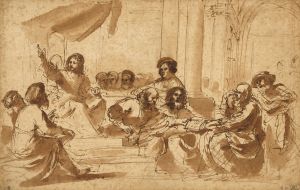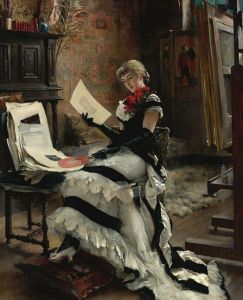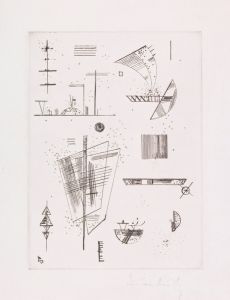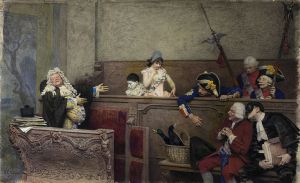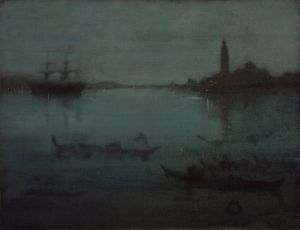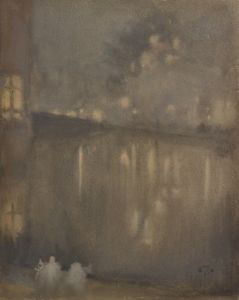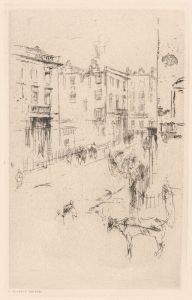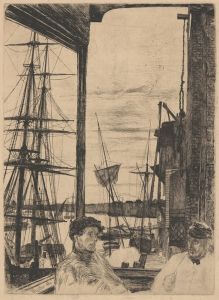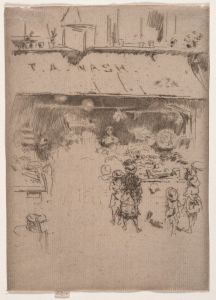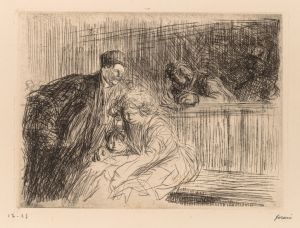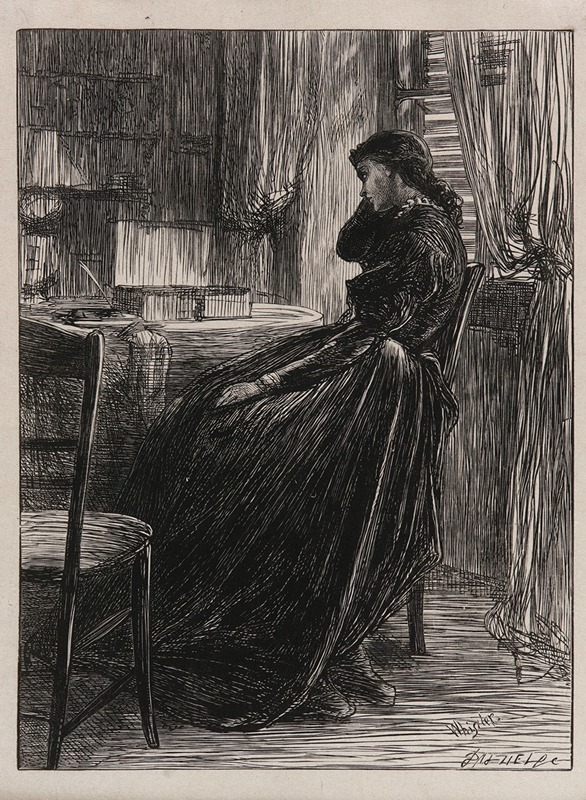
An Illustration to The Trial Sermon
A hand-painted replica of James Abbott McNeill Whistler’s masterpiece An Illustration to The Trial Sermon, meticulously crafted by professional artists to capture the true essence of the original. Each piece is created with museum-quality canvas and rare mineral pigments, carefully painted by experienced artists with delicate brushstrokes and rich, layered colors to perfectly recreate the texture of the original artwork. Unlike machine-printed reproductions, this hand-painted version brings the painting to life, infused with the artist’s emotions and skill in every stroke. Whether for personal collection or home decoration, it instantly elevates the artistic atmosphere of any space.
James Abbott McNeill Whistler was an American artist known for his significant contributions to the art world during the late 19th century. He is often associated with the Aesthetic Movement, which emphasized the visual and sensual qualities of art and design over more narrative or moralistic themes. Whistler's work is characterized by its innovative use of color and composition, and he is perhaps best known for his painting "Arrangement in Grey and Black No. 1," commonly referred to as "Whistler's Mother."
"An Illustration to The Trial Sermon" is one of Whistler's lesser-known works. Unfortunately, there is limited information available about this specific painting. Whistler's oeuvre includes a wide range of subjects, from portraits and cityscapes to more abstract compositions, and he often drew inspiration from his surroundings and personal experiences. His style evolved over time, reflecting his interactions with other artists and movements, including Impressionism and Symbolism.
Whistler was born in Lowell, Massachusetts, in 1834, and spent much of his early life in Europe. He studied art in Paris, where he was influenced by the Realist painter Gustave Courbet and the burgeoning Impressionist movement. Whistler eventually settled in London, where he became a central figure in the city's art scene. His work was often controversial, challenging traditional notions of art and beauty.
Throughout his career, Whistler was known for his distinctive approach to art, which he described as "art for art's sake." He believed that art should not be constrained by narrative or moralistic content, but should instead focus on the harmony and arrangement of color and form. This philosophy is evident in many of his works, which often feature subdued color palettes and carefully balanced compositions.
Whistler's influence extended beyond his paintings. He was also an accomplished printmaker and played a significant role in the revival of etching as a fine art form. His etchings and lithographs are noted for their technical precision and subtle tonal variations. Additionally, Whistler was a prolific writer and theorist, and his ideas about art and aesthetics were widely disseminated through his lectures and publications.
Despite his contributions to the art world, Whistler's career was not without controversy. He was involved in several high-profile legal disputes, most notably a libel case against the art critic John Ruskin, who had disparaged one of Whistler's paintings. The trial, which Whistler ultimately won, was a landmark moment in the history of art criticism and underscored the shifting perceptions of art during the period.
In summary, while specific details about "An Illustration to The Trial Sermon" are scarce, James Abbott McNeill Whistler's broader body of work and his impact on the art world are well-documented. His commitment to the principles of the Aesthetic Movement and his innovative approach to composition and color continue to be celebrated by art historians and enthusiasts alike.





